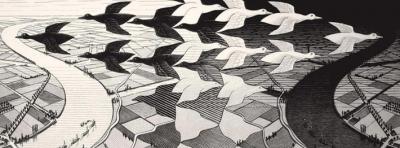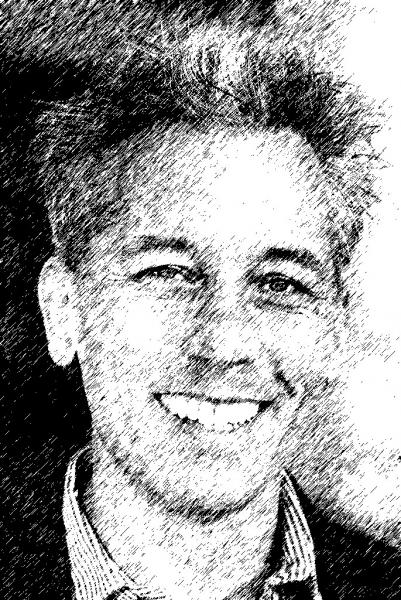Exploring Group Cooperation in the Provision of Public Goods

I first thought of this paper while teaching at the University of California Davis, where we were not allowed to "curve grades" to make sure that a fixed percentage of students ended up with a target grade (e.g., 10 percent As, 20 percent Bs, 40 percent Cs, 20 percent Ds and 10 percent Fs). The advantage of curve grading is that it reduces grade inflation within academic departments (making it harder for students to choose "easy" professors over "hard professors") as well as across departments (making is harder for departments to compete for students by lowering their standards). The disadvantage of curve grading, I was told, is that students in such a tournament incentives system would sabotage each other, rather than cooperate, in an attempt to win one of the few places in a higher-grade cohort.
Troubled by the conflicting implications of these claims, I decided to run some experiments to see if the number of students affected the decision to cooperate or defect. I assumed that defection would be more likely in a small group (where an individual only needed to "beat" a few others) than in a larger group where the same effort would have a lower average impact.
To make things interesting, I decided to use a public goods game (PGG) structure with these experiments. Such a structure (described in more detail below) would mean that participants would immediately face a choice between cooperation and free-riding, with reciprocation occupying a middle ground, but that choice would be influenced by a second stage where payoffs from the first stage (the PGG) would be modified according to players' absolute score or score relative to other players. Those modifications would form the basis of my four treatments.
Treatment 1 (Baseline): Player scores depended on how well they did in the first stage, i.e., there's an incentive to free ride but free-riding lowers total payoffs in their group of four.
Treatment 2 (Own group): Payoffs are calculated according to how well each player does against others in their group of four. This "zero-sum" scenario should result in the lowest cooperation since total payoffs are fixed.
Treatment 3 (Other groups): Payoffs depend on how well each player does compared to players NOT in their group. This "in-group/out-group" scenario should result in the greatest cooperation within the group as players tried to beat other groups.
Treatment 4 (All players): Payoffs depend on a player's ranking compared to all other players. This "tournament effects" (or curve grading) treatment should result in lower cooperation than in treatment 1 if tournament effects matter but not if such a strategy of sabotage is dominated by non-strategic play.
Figure 1 shows the experimental results, which are statistically significant but not as strong as they could have been had I not messed up some parts of the protocol and lost two-thirds of my data (live and learn).
The editors and referees wanted the paper to apply to environmental regulations, and such applications are easy to imagine. My favorite is as follows: Imagine that several bureaucratic offices are concerned with environmental regulation, that effort by people in these offices is hard to observe, and that each office has a joint production function. In this situation, it is easy to imagine that workers might not cooperate with each other or might free-ride by putting in minimal work (Treatment 1 or perhaps even Treatment 2). A change in incentives to the in-group/out-group scenario (Treatment 3) would compare workers against workers in other offices, thereby increasing the incentive to cooperate with each other (without introducing sabotage effects since other offices are too numerous or unknown to affect). In such a case, more effort in all offices -- the results I got in the experiments -- would not just identify the best office but also raise the average output of all offices, thereby creating a Pareto Improvement in terms of regulatory effectiveness.
This experimental paper should help readers think of the magnitude of impacts on cooperation from changing the reference group in settings where cooperation might be hindered by free-riding or merely the lack of incentives. The results should be used to inspire pilot investigations within groups or organizations where competition with other reference groups might result in more cooperation within all groups, resulting in positive gains for all.
References
- Balliet, D., W. Junhui, and C. K. De Dreu (2014), “Ingroup Favoritism in Cooperation: A Meta-Analysis”, Psychological Bulletin, 140(6), 1556–81.
- Olson, Mancur (1965). The Logic of Collective Action. Cambridge: Harvard University Press
- Ule, A., A. Schram, A. Riedl, and T. N. Cason (2009), “Indirect Punishment and Generosity Toward Strangers”, Science, 326(5960), 1701–4.
- Zetland, David (2017). "Exploring group cooperation in the provision of public goods" Strategic Behavior and the Environment ,7(1-2):109-133. [pdf]

